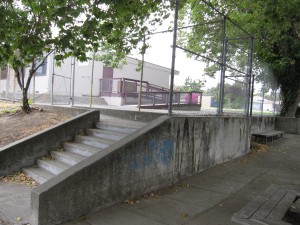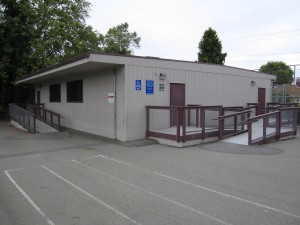May 9 2013
Seniors/Adults or Child Care Use Discussed –
The May 6th City Council meeting engendered long deliberations and
The Arts Center has proposed, at no cost to the City, to provide improvements and management of the facility and to continue with their goal of providing art-focused activities, along with a regular time for seniors to use the facility twice a week, a place for Piedmont historical records, arts programs, and an ability to accommodate diverse interests.
Two other proposals were made. One could be combined with the Arts Center usage and the other dealt primarily with children and required extensive equipment.
City Recreation Director Mark Delventhal and City Administrator Geoff Grote strongly recommended that the City retain usage of the facility rather than relinquishing it to the Arts Center. They envisioned the space for child care and made available for other purposes when not in use for child care. Delventhal acknowledged that transforming the room for other purposes would likely require a janitor, for instance, to roll up rugs, move furnishings, and child equipment. It was pointed out by speakers that a child care program conflicts with the current use of the Arts Center and questioned the joint use of restrooms and other features of the building.
Residents Hedi Gerken, Margie Bowman, and Bob Cheatham stated it was time for the City to consider adults in their programing, noting their need for a place to gather and be with contemporaries. Delventhal acknowledged the need in stating the once a month program dedicated to seniors had high usage of approximately 70 participants.
Nancy Lehrkind, President of the Board of the Piedmont Center for the Arts, presented the Arts Center’s offer to pay for all needed improvements, including windows, flooring, cabinets, furnishings, paint, and a new sink, estimated at $25,000. Additionally, the Arts Center would provide management and scheduling of the facility at no cost to the City. The highly successful
Council member Garrett Keating during prior Council consideration had requested staff to provide specific numbers on the cost of the City’s proposed child care plan, but none were provided. The costs to the City were loosely estimated at $125,000 to $150,000. The number of children served would be in the range of 20 – 30.
Council member Jeff Weiler wanted to know if the Arts Center had complied with
Weiler, who has a disability, spoke of the importance of having disabled restroom access in the building. The Americans with Disability Act requires access in new or remodeled public facilities.
Because of the high demand for use of the space and conflicting opinions, the Council attempted to reconcile proposals by asking the staff to meet with the Arts Center leadership and attempt to work out a plan to satisfy both the City’s and the Arts Center’s concerns. Action on the matter was deferred until further information is available.




